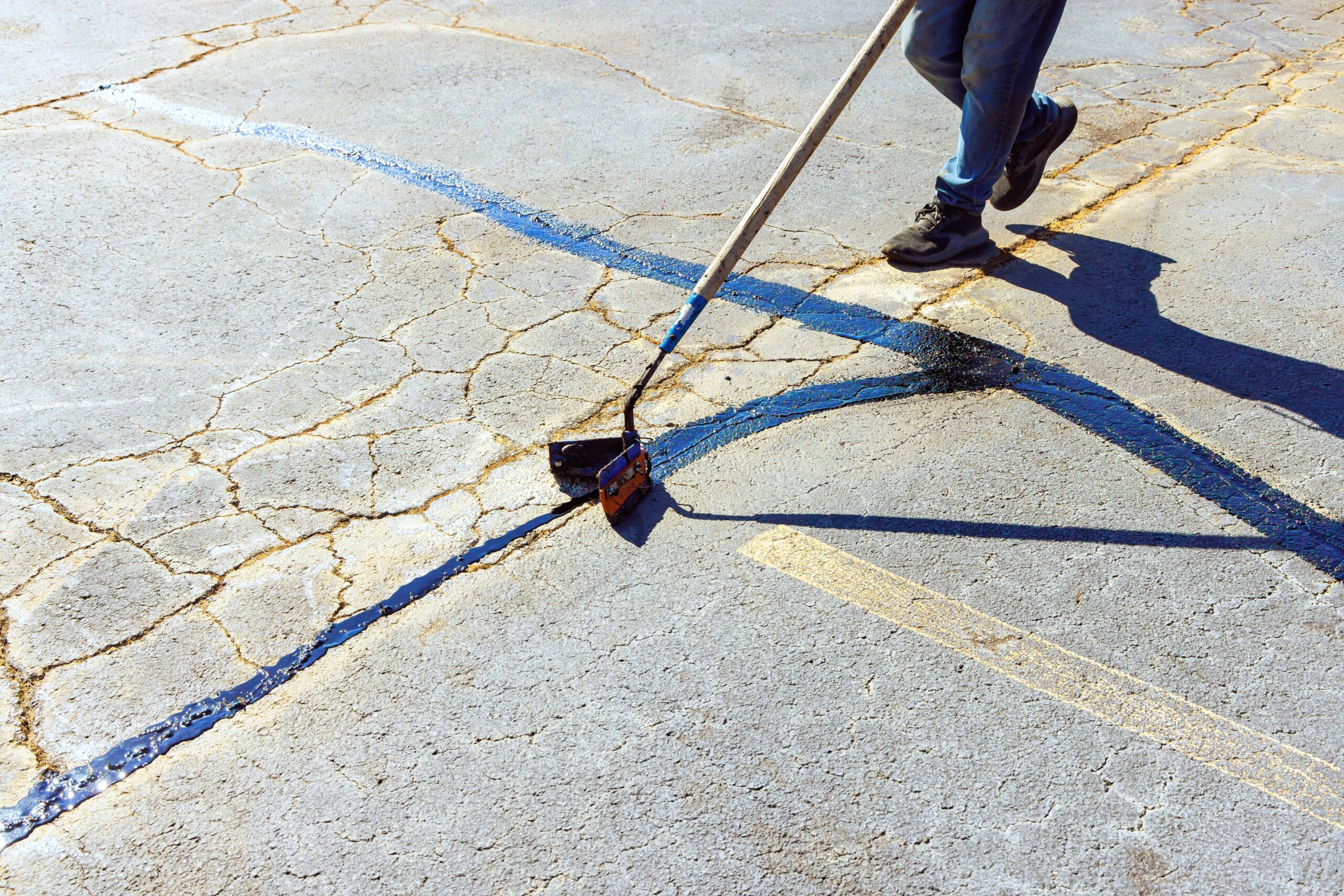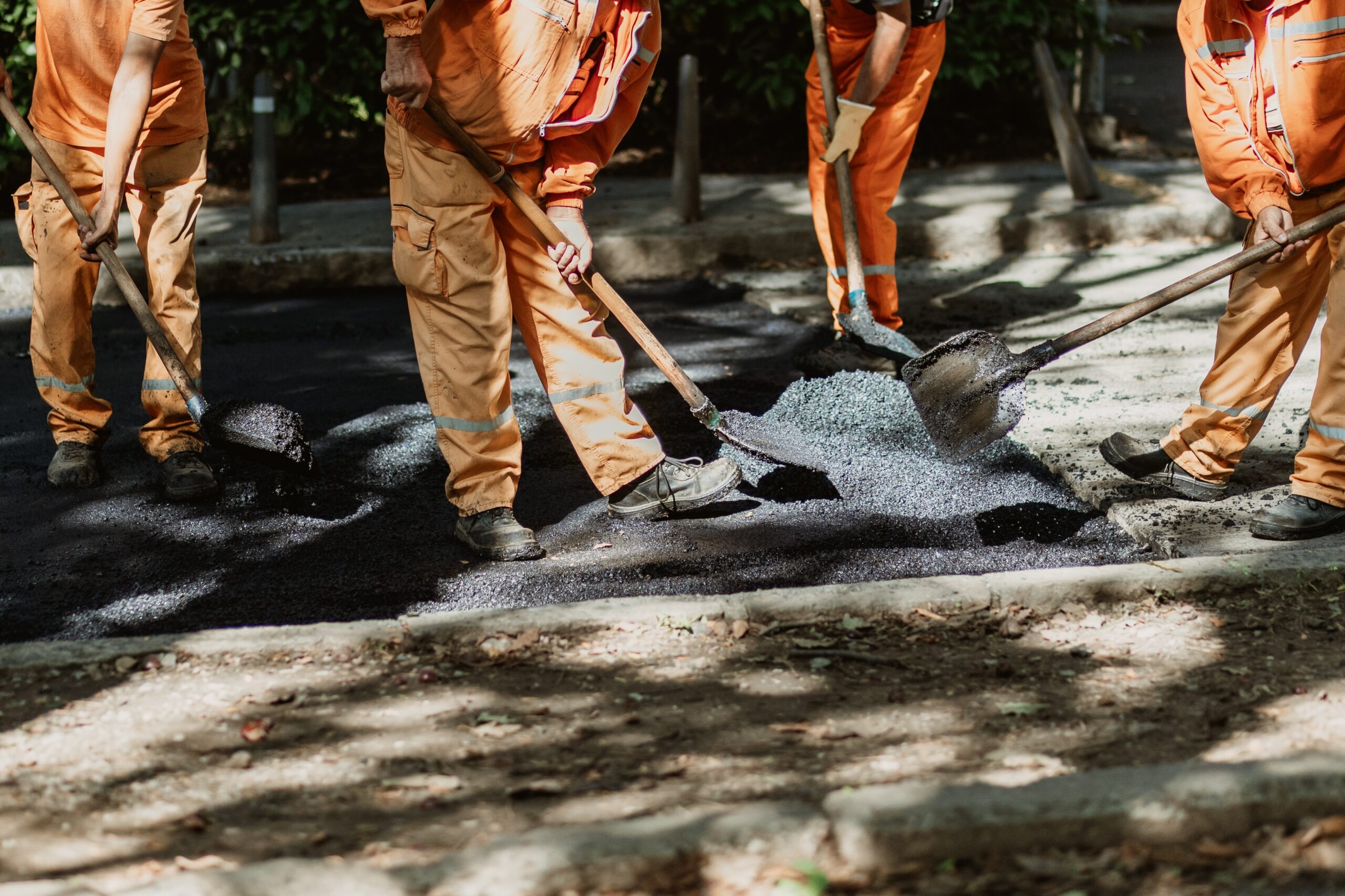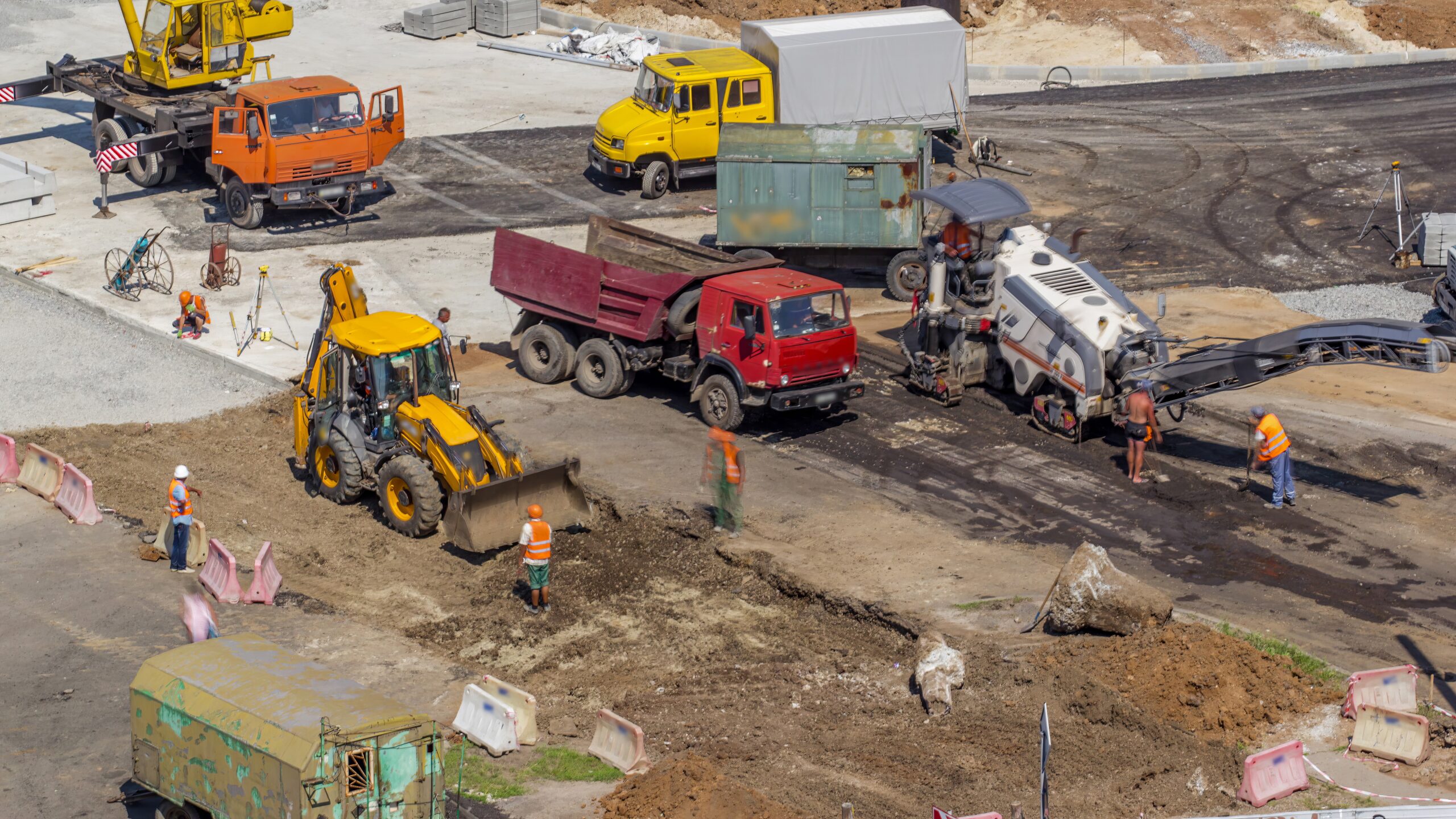
Cracks in asphalt pavement are inevitable. Whether due to seasonal temperature changes, water infiltration, or traffic wear, these imperfections start as minor surface flaws but can quickly escalate into serious structural issues. Timely repair is essential, but knowing how to repair them properly makes all the difference.
Two of the most common methods for asphalt crack repair are crack sealing and crack filling. Though they may sound similar, each serves a different purpose and offers varying levels of durability, cost, and long-term protection.
In this blog, we’ll walk you through the differences between crack sealing and crack filling, when to use each method, and how making the right choice helps extend the life of your pavement.
Understanding Crack Filling Techniques
Crack filling is a method used to treat non-working cracks, those that experience minimal movement due to temperature or load changes. It’s designed for quick, economical repair of surface damage that hasn’t yet reached deeper structural levels.
What Is Crack Filling
Crack filling involves placing asphalt emulsion or other filler materials into the crack to prevent moisture infiltration and keep debris out. It’s typically used on various types of damage, which is key to knowing why crack sealing prevents major asphalt damage.
- Alligator cracks or fatigue cracking
- Block cracking
- Surface-level longitudinal or transverse cracks
- Slightly weathered pavement with limited movement
Pros of Crack Filling
- Cost-effective for small or low-traffic areas
- Quick to apply, making it ideal for immediate, short-term fixes
- Minimal prep required, often no routing or heating needed
- Reduces water damage and prevents crack expansion
Limitations of Crack Filling
- Less flexible than sealing, making it prone to failure in wide or active cracks
- Doesn’t bond as strongly to the sides of cracks
- Typically lasts 1 to 2 years in moderate conditions.
- Not suitable for high-traffic roads or lots with structural cracking
Crack filling is ideal when you need a budget-friendly repair solution for superficial cracks that are not actively widening.
Exploring Crack Sealing Methods
Unlike crack filling, crack sealing is a more permanent repair method. It’s used for working cracks, those that expand and contract with temperature fluctuations. This technique is more durable and provides a weather-tight seal against water, debris, and air, which requires the best crack sealing methods for long lasting results.
What Is Crack Sealing?
Crack sealing involves routing the crack (widening and deepening it slightly), thoroughly cleaning it, and applying a hot rubberized sealant that bonds to the crack walls and flexes with movement. It is commonly applied to:
- Working longitudinal cracks
- Wide transverse cracks
- Reflective cracks from underlying layers
- Areas with freeze-thaw cycles
Benefits of Crack Sealing
- Highly flexible and moves with the pavement
- Lasts 4 to 8 years, making it a more long-term solution
- Strong adhesion to crack walls after routing and cleaning
- Reduces the need for deeper structural repairs
Limitations of Crack Sealing
- More expensive upfront than filling
- Requires specialized equipment and materials
- Needs more surface preparation
- Longer application time, especially in cooler temperatures
Crack sealing is your go-to solution when durability and performance are top priorities, especially in climates with frequent weather changes.
Key Differences Between Sealing and Filling
While both sealing and filling are asphalt crack repair methods, their differences lie in the materials used, the applications, and the long-term results. Making the wrong choice can result in wasted money and a pavement that deteriorates faster.
Side-by-Side Comparison
| Feature | Crack Filling | Crack Sealing |
| Purpose | Superficial surface repair | Flexible repair for movement |
| Materials | Asphalt emulsion, mastic | Hot rubberized sealant |
| Crack Type | Non-working | Working |
| Lifespan | 1–2 years | 4–8 years |
| Cost | Lower | Higher |
| Surface Prep | Minimal | Routing and cleaning |
| Application Time | Quick | Longer |
Which One Should You Choose?
- Use crack filling for minor surface cracks with little movement.
- Use crack sealing for active cracks that require flexibility and long-term performance.
- For mixed pavement conditions, a combination of both may be recommended.
Your choice should be based on pavement condition, traffic volume, climate, and budget. A professional inspection helps identify the proper method for your specific needs.
When to Repair Cracks Immediately
Cracks are not static; they expand in cold weather and shrink in warm weather. This movement necessitates a flexible repair material that can accommodate the change without breaking the seal. Understanding how temperature changes affect asphalt cracks is essential for selecting the right sealer.
Signs You Need Immediate Action
- Cracks wider than ¼ inch
- Water collecting or draining into cracks
- Visible movement or widening during seasonal changes
- Multiple cracks forming in a pattern (block or alligator)
- Cracks in high-traffic areas or near drainage zones
Why Early Repair Matters
- Stops water infiltration into the base
- Prevents freeze-thaw damage in colder climates
- Protects against pothole development
- Preserves the pavement’s surface integrity
Neglecting these early signs can lead to more costly solutions, such as overlays or full-depth patching. Regular inspections and proactive crack repair keep your maintenance costs low and your pavement in excellent condition.
The Role of Maintenance Planning
Crack repair is a crucial part of a comprehensive asphalt maintenance plan. Sealing or filling alone won’t protect your surface if it’s not paired with ongoing maintenance and preventive care.
Combine Crack Repair with:
- Sealcoating every 2–3 years to protect the surface
- Routine inspections after each season
- Cleaning debris and vegetation from cracks and joints
- Drainage management to prevent water pooling
- Re-striping after major crack repair or sealcoating
A long-term maintenance strategy ensures your surface remains safe, functional, and visually appealing. It also maximizes the value of your repair investments.
Frequently Asked Questions
What is the main difference between crack sealing and crack filling?
Crack sealing uses rubberized, flexible sealants that move with the pavement as it expands and contracts due to temperature shifts. In contrast, crack filling uses more rigid materials that simply fill the crack without accommodating movement. While sealing provides a longer-lasting solution for active cracks, filling is a faster, more cost-effective method for less dynamic pavement damage.
When should you use crack sealing instead of crack filling?
Crack sealing is best suited for working cracks, which show noticeable movement, typically more than 1/8 inch. These include transverse or longitudinal cracks caused by temperature fluctuations. Sealing creates a flexible, watertight barrier that prevents moisture intrusion and withstands constant expansion and contraction.
What types of cracks are best suited for crack filling?
Crack filling is ideal for non-working cracks that remain stable and exhibit little to no movement. These include block cracks, edge cracks, or fatigue (alligator) cracking. In these cases, flexibility isn’t as critical, and filling helps prevent debris and water from entering the pavement without the need for a more complex repair.
How do the materials and application methods differ?
Crack sealing requires hot- or cold-applied rubberized sealants and is typically installed using specialized equipment. The surface is cleaned, sometimes routed, and then sealed to form a durable, flexible joint. Crack filling, on the other hand, uses asphalt-based emulsions or similar materials applied cold. The process is more straightforward, involves less preparation, and is completed faster, though it doesn’t last as long.
What are the long-term benefits of each method?
Crack sealing provides extended protection, typically lasting 5 to 8 years, by preventing water infiltration and slowing the overall deterioration of the pavement. It’s a wise choice for high-traffic or high-movement areas. Crack filling (while shorter-lived) is a helpful option for more minor, isolated cracks and provides quick, affordable maintenance for stable surfaces.
Seal or Fill with Purpose
Cracks may seem small, but they carry significant consequences if left untreated. Understanding the difference between crack sealing and crack filling gives you the power to protect your asphalt effectively and affordably.
Use crack filling for short-term fixes on stable pavement. Choose crack sealing when you need flexibility, weather resistance, and long-lasting results. And when in doubt, work with a trusted asphalt professional to determine the best approach based on your surface conditions.
At Asphalt Coatings Company, we specialize in both crack sealing and crack filling, using industry-best materials and techniques to restore your pavement’s strength. Contact our team today to request a site assessment and receive a customized repair plan tailored to your property’s specific needs.



